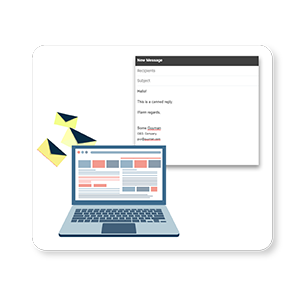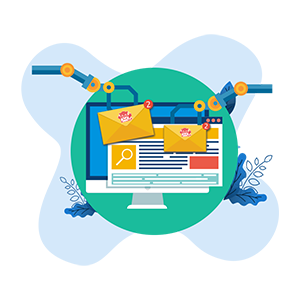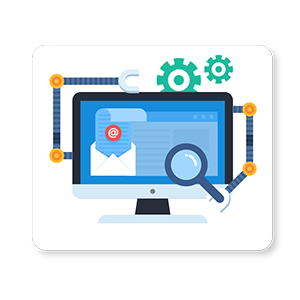Mastering the Art of Email Subject Lines: Tips for Captivating Readers
Crafting compelling email subject lines is an essential skill for effective communication in today's digital age. A well-crafted subject line has the power to grab the recipient's attention, entice them to open the email, and engage with the content inside. In this guide, we will explore valuable tips and techniques to help you master the art of creating captivating email subject lines.
Understand Your Audience
The first step in creating captivating subject lines is to understand your audience. Consider their preferences, interests, and pain points. Tailor your subject lines to resonate with their needs and desires. Use language and tone that align with their communication style. By understanding your audience, you can craft subject lines that speak directly to them and capture their attention.
Conducting market research, analyzing customer data, and collecting feedback can provide valuable insights into your target audience. Use this information to create subject lines that are relevant, personalized, and impactful.



Keep It Concise and Clear
A captivating subject line is concise and clear. Keep it short, ideally within 50 characters or fewer. A long subject line may get cut off or appear overwhelming in the recipient's inbox. Make every word count by focusing on the key message or benefit you want to convey.
Avoid vague or ambiguous language that leaves the reader uncertain about the email's content. Instead, use clear and specific wording that sets clear expectations. Consider using action verbs or intriguing statements to spark curiosity and compel recipients to open the email.
Incorporate Personalization
Personalized subject lines have a higher chance of capturing readers' attention. Include the recipient's name, company, or other relevant details to create a sense of individual connection. Personalization shows that you value their specific needs and helps your email stand out among the sea of generic messages.
However, use personalization judiciously and avoid sounding too generic or automated. Strive for a balance that feels genuinely personalized and human.


Create a Sense of Urgency or Curiosity
Adding a sense of urgency or curiosity to your subject lines can pique readers' interest and prompt them to take action. Use words or phrases that convey a limited-time offer, exclusive information, or a compelling reason to open the email immediately.
However, ensure that the urgency or curiosity is genuine and relevant to the email's content. Misleading subject lines can damage trust and harm your reputation.

Test and Analyze
Effective subject lines are often a result of testing and analysis. Experiment with different approaches, such as using emojis, posing questions, or adding humor. Split test subject lines to understand what resonates best with your audience and drives higher open rates.
Track and analyze key metrics, such as open rates and click-through rates, to gain insights into the performance of your subject lines. Use this data to refine and optimize your future email campaigns.


